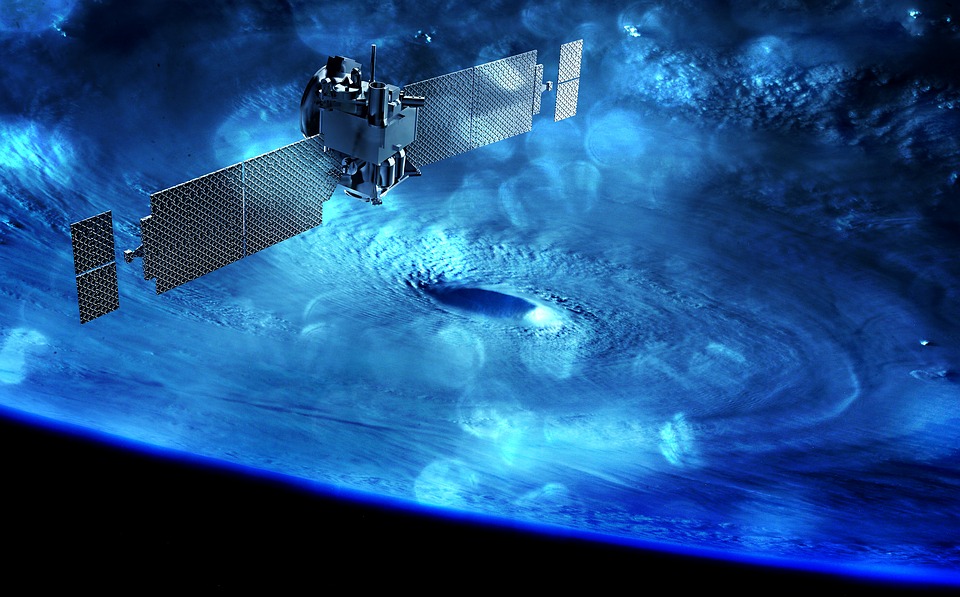NASA is currently preparing for several missions such as the Artemis mission, the future Mars missions, and the Lucy mission. The agency has now made progress on the Lucy mission as it was revealed that it has now passed an important milestone in preparation for its upcoming mission into space.
The unmanned probe that will be front and center in NASA’s Lucy mission has successfully passed a very important milestone in terms of testing. All of the parts of the probe have passed a system integration review, bringing parts of the probe right on schedule for its assembling and testing in time for its launch scheduled for October 2021. The Lucy mission will see the probe tour five Trojan asteroids found in the orbit of the gas giant Jupiter.
Should NASA succeed, then the probe will be the first device that will examine asteroids up close. The agency is focusing on the Trojan asteroids as astronomers believe that these mysterious rocks have interesting compositions, which will help scientists further understand space and the universe. The mission will span 12 years, with the probe passing by seven of the asteroids and gathering data to shed light on the formation of the solar system.
Despite the COVID-19 pandemic forcing NASA like many other agencies and businesses to temporarily close or reschedule, the breakthrough with this milestone will still bring the team behind Lucy on schedule. “No one anticipated that we would be building a spacecraft under these circumstances but I once again have been impressed by this team’s creativity and resiliency to overcome any challenge placed before them,” said Lucy Principal Investigator Hal Levison.
Meanwhile, NASA has also revealed the kind of shape that our own Solar System has taken. With the use of previous data, the agency created a model that recreated the shape that the solar system has taken, after finding that the planets are encapsulated in a magnetic bubble. Astronomers have since speculated what kind of shape it would be, but the model revealed appeared to liken a deflated croissant.
A photo of the heliosphere on the outside has yet to be taken as from Earth, it would take 16 billion kilometers to exit the solar system to be able to take a photo from the outside.



 It’s science, not fiction: high-tech drones may soon be fighting bushfires in Australia
It’s science, not fiction: high-tech drones may soon be fighting bushfires in Australia  Explosive CIA Whistleblower Claims Havana Syndrome Victims Face Cancer, Dementia, and Government Betrayal
Explosive CIA Whistleblower Claims Havana Syndrome Victims Face Cancer, Dementia, and Government Betrayal  From dead galaxies to mysterious red dots, here’s what the James Webb telescope has found in just 3 years
From dead galaxies to mysterious red dots, here’s what the James Webb telescope has found in just 3 years  If ‘correlation doesn’t imply causation’, how do scientists figure out why things happen?
If ‘correlation doesn’t imply causation’, how do scientists figure out why things happen?  Astronauts on NASA’s Artemis mission to the Moon will need better boots − here’s why
Astronauts on NASA’s Artemis mission to the Moon will need better boots − here’s why  Earth is bombarded with rocks from space – but who gets to keep these ultimate antiques?
Earth is bombarded with rocks from space – but who gets to keep these ultimate antiques?  Human settlement of Mars isn’t as far off as you might think
Human settlement of Mars isn’t as far off as you might think  Bill Gates’ Shocking New Malaria Solution Unveiled as Genetically Modified Mosquitoes Turn Into Flying Vaccinators
Bill Gates’ Shocking New Malaria Solution Unveiled as Genetically Modified Mosquitoes Turn Into Flying Vaccinators  Public Health Experts Warn of ‘Quad-Demic’ as Flu, COVID, RSV, and Norovirus Threaten Winter Surge
Public Health Experts Warn of ‘Quad-Demic’ as Flu, COVID, RSV, and Norovirus Threaten Winter Surge  Astronomers have pinpointed the origin of mysterious repeating radio bursts from space
Astronomers have pinpointed the origin of mysterious repeating radio bursts from space  Some black holes at the centers of galaxies have a buddy − but detecting these binary pairs isn’t easy
Some black holes at the centers of galaxies have a buddy − but detecting these binary pairs isn’t easy  Their DNA survives in diverse populations across the world – but who were the Denisovans?
Their DNA survives in diverse populations across the world – but who were the Denisovans?  One of the largest searches for alien life started 30 years ago. Its legacy lives on today
One of the largest searches for alien life started 30 years ago. Its legacy lives on today  Despite fears of falling trust in expert knowledge, a global survey shows New Zealanders value science highly
Despite fears of falling trust in expert knowledge, a global survey shows New Zealanders value science highly  Most of us trust scientists, shows a survey of nearly 72,000 people worldwide
Most of us trust scientists, shows a survey of nearly 72,000 people worldwide  Missing Radioactive Material in New Jersey Sparks Panic — Are Drones ‘Hunting for It’?
Missing Radioactive Material in New Jersey Sparks Panic — Are Drones ‘Hunting for It’? 






























